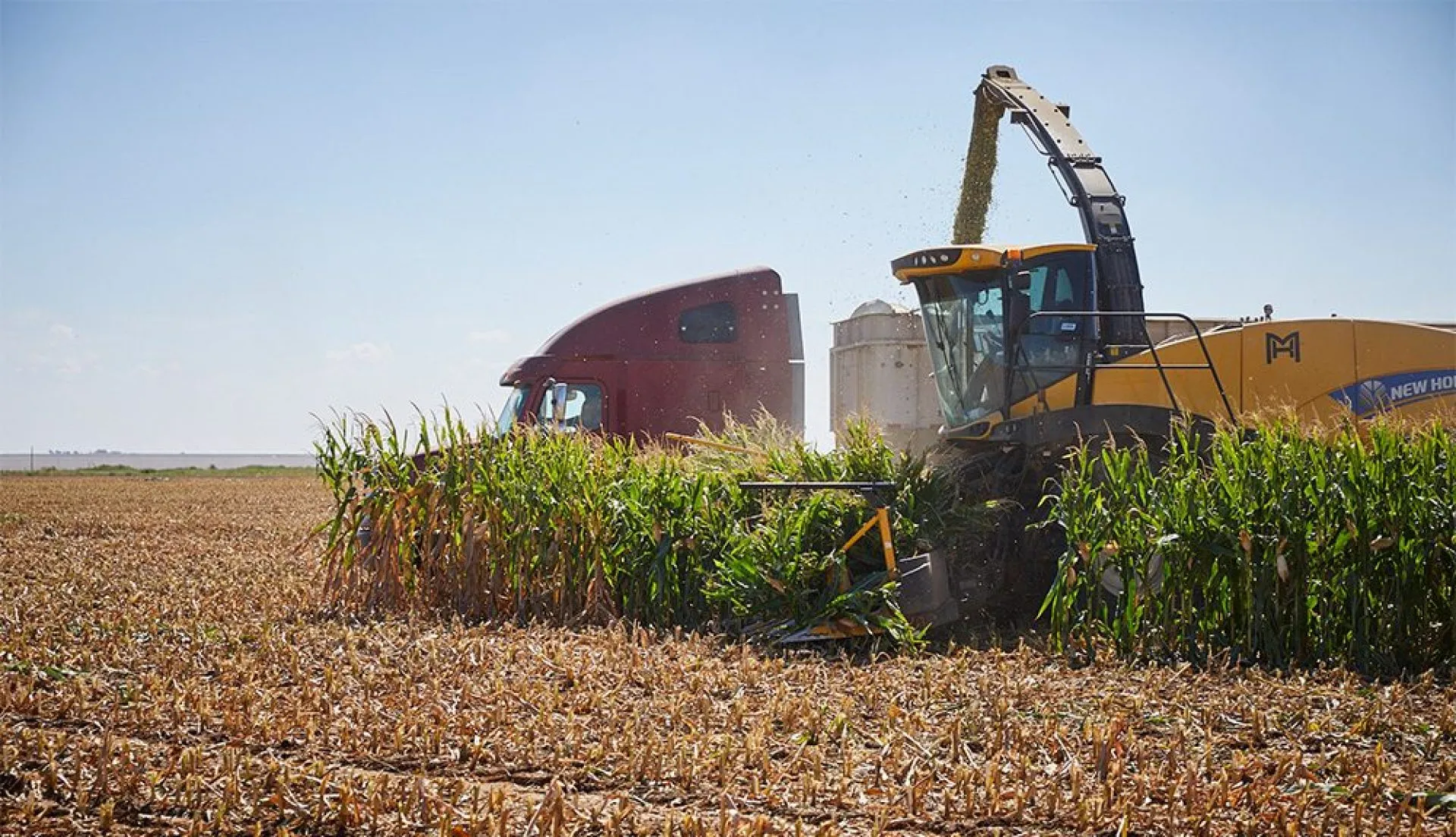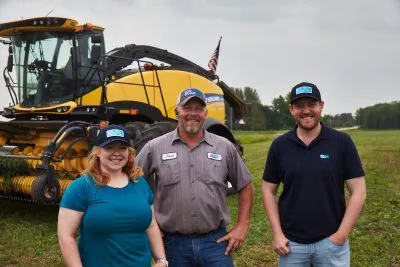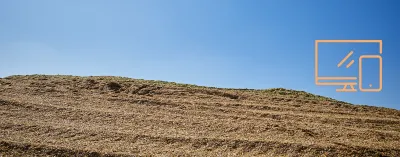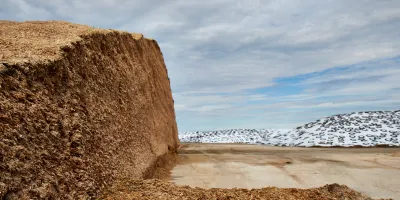After a long day of chopping, it’s really enticing to roll into the barn and shut it all down for the night (or morning if you chopped all night). But there are a few tasks left to do, if you want to make sure your next day and beyond will go as smoothly as possible. Here are a few steps to take after chopping each day.
If you’re taking the night off, be sure to keep your mixed inoculant temperature controlled, and below 70 F. Also, think about covering the silage. This isn’t always necessary, but it doesn’t hurt!
If it’ll be more than 24 hours until you’re back in the fields, be sure to store your inoculant in a refrigerated area and cover or seal up your pile into work gets back underway.
Some post-chopping tasks should be done no matter the timeframe until work begins. Always clean your applicator nozzles after you’re parked for the day to ensure that your applicators are working properly. An inoculant that doesn’t get applied isn’t much good to anyone!
.. as needed. Check tire pressures and fluid levels, make sure moving parts are working as they should. It’s better to catch this stuff at the end of the day when you’re in the shop and have time to fix it than to discover an issue at dawn the next morning!
Make sure there’s enough on hand to get you through harvest season. Are you using your daily projected amounts, or have you had to adjust and use more/less than projected based on your harvest amounts? If you feel you need to order more, give your BONSILAGE sales rep a call ASAP!
Check your Kernel Processing Score and chop length against the actual quality of the silage, and adjust now, if needed.
At the end of every day of chopping, there are inevitably things that went right and things that could be better. Spend some time going over both directions and make note of any changes you might need to make. Again, it’s better to do this at the end of the day when you’ve had time to think about things, than be forced to make sudden adjustments on the fly. Snap decisions are inherently part of harvest season, but we try to minimize them if possible!
If you do decide to make changes, make sure that everyone on the team knows what is being done and what they need to do. Minimizing surprises is a huge part of farming success.
Finally, before you shut it down for the day, think about anything that happened during the session that was unsafe, or potential dangers for tomorrow. The safety of you and your crew is the most important thing and should always be prioritized. Safety encompasses every part of harvest; from chopping in the field to over-the-road transport and everything in between, and it’s often the difference between a successful season and a an unsuccessful one.
Good luck and happy harvesting!



